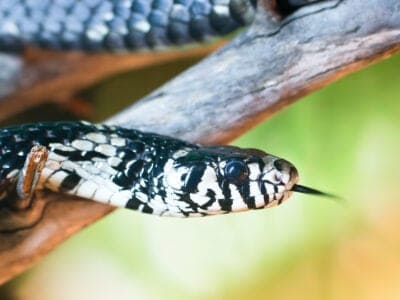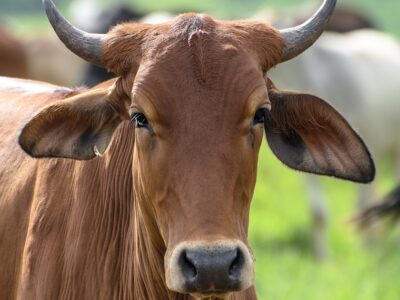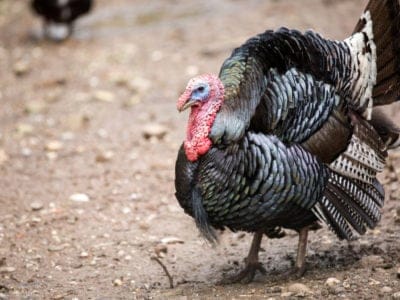Below you can find a complete list of Trinidadian animals. We currently track 185 animals in Trinidad and Tobago and are adding more every day!
The fauna in Trinidad and Tobago is unlike that found in other islands of the Caribbean. Its unique nature arose because millions of years ago the island was actually connected to South America, and the ancestors of many animals found in Venezuela came over the land bridge to what became T & T.
About 100 species of mammals, and 90 species of reptiles, including five types of marine turtles. There are 50 species of freshwater fish, 30 species of amphibians, and 950 species of marine fish that live on or in the waters around Trinidad and Tobago and its smaller islands. Some of these species are only found in Trinidad and Tobago.
The Official National Animal of Trinidad and Tobago
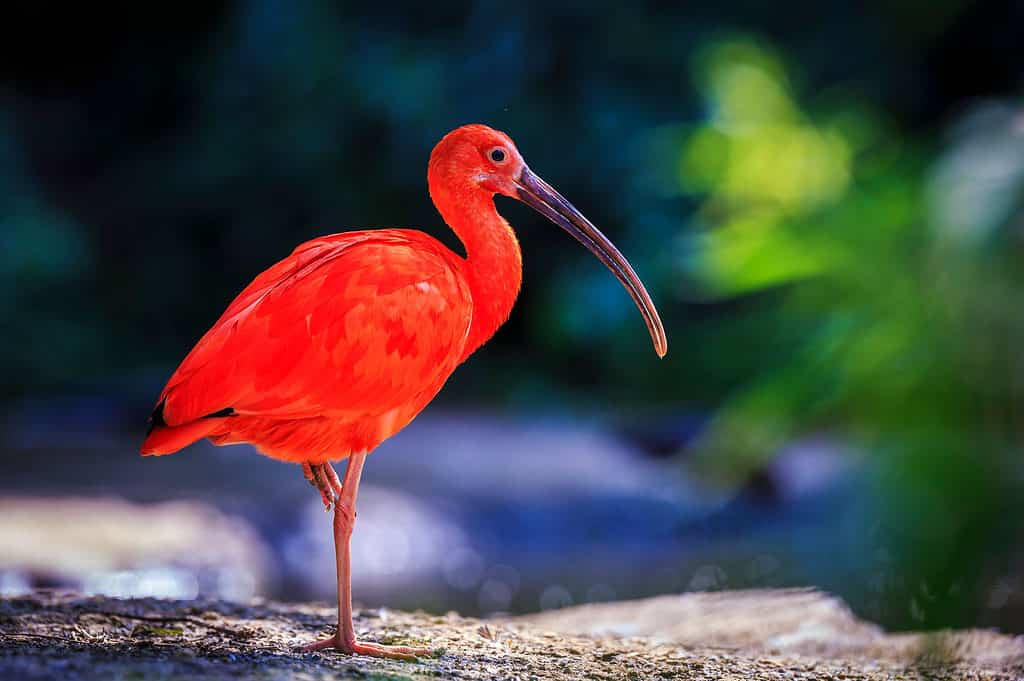
The national symbol of Trinidad is the scarlet ibis, and the national animal of Tobago is the cocrico.
©SanderMeertinsPhotography/Shutterstock.com
Since Trinidad and Tobago are two islands, they have two national animals. The national symbol of Trinidad is the scarlet ibis, and the national animal of Tobago is the cocrico, also called the Rufous-tailed chachalaca. Both animals are birds.
Rarest Animals in Trinidad and Tobago
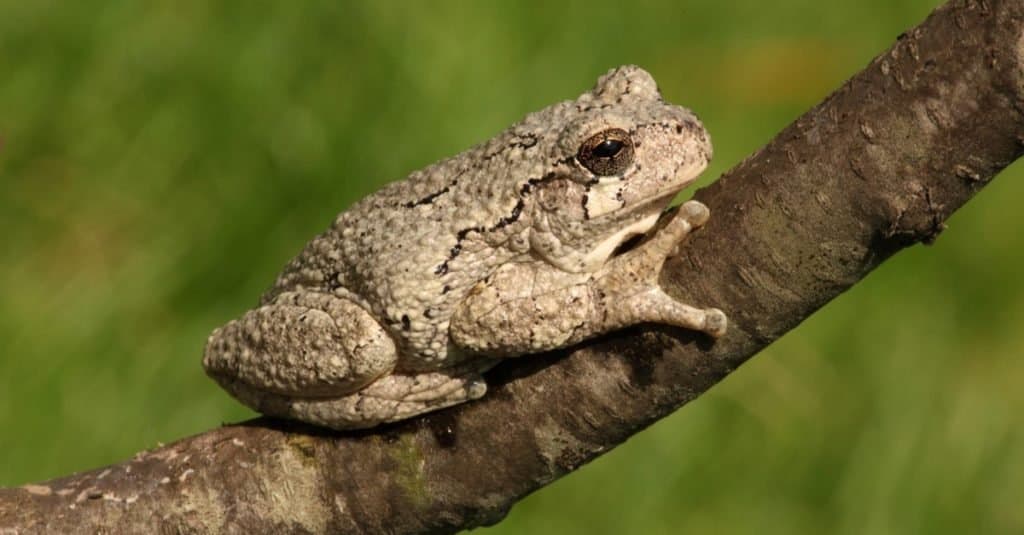
The golden tree frog is common in Trinidad and Tobago.
©Steve Byland/Shutterstock.com
Trinidad and Tobago are twin-island nations located in the southern Caribbean and are renowned for their lush rainforests, scenic beaches, and vibrant culture.
The country boasts a diverse range of flora and fauna, with many endemic species found nowhere else in the world. However, like many other countries, Trinidad and Tobago is also home to several rare and endangered species.
Here is a short list of rare species found in Trinidad and Tobago:
- Aechmea Downsiana
- Eriocaulon Caesium
- Phytotriades Auratus (more commonly known as the Golden Treefrog)
- Neurolepis Virgata
- Pipile (commonly known as the Trinidad Piping-guan)
Largest Animals in Trinidad and Tobago
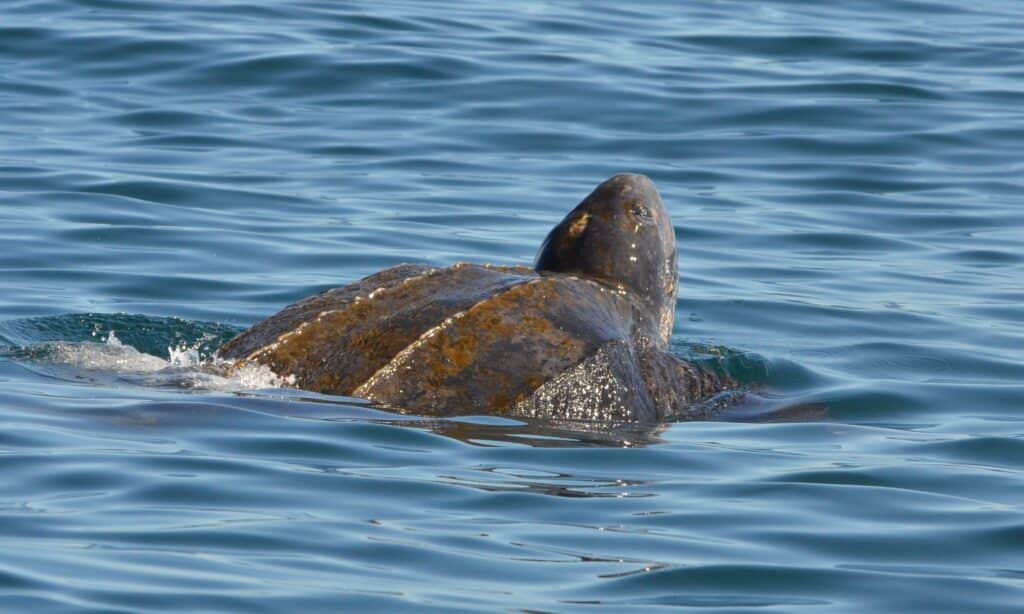
The leatherback sea turtle can weigh up to 2000 pounds and grow up to 7 feet in length.
©iStock.com/jtstewartphoto
Trinidad and Tobago are islands with lush rainforests, rivers, and surrounding seas that host many of the largest creatures found in the region, ranging from marine mammals to reptiles and primates.
Here, we take a closer look at some of the largest and most awe-inspiring animals that call Trinidad and Tobago home:
- Leatherback Sea Turtle: can weigh up to 2000 pounds and grow up to 7 feet in length.
- West Indian Manatee: can weigh up to 1500 pounds and grow up to 13 feet in length.
- Red Howler Monkey: can weigh up to 22 pounds and grow up to 2 feet in length.
- Spectacled Caiman: can weigh up to 110 pounds and grow up to 7 feet in length.
- Yellow-headed Amazon Parrot: can weigh up to 1.1 pounds and grow up to 15 inches in length.
Where To Find The Top Wild Animals in Trinidad and Tobago

Pitch Lake is found in Trinidad.
©iStock.com/CircleEyes
The top wild fauna in T & T can be found in its moist forests dry forests, xeric scrubland, and mangrove swamps. There are also freshwater rivers and streams and dams, coral reefs, seagrass beds, and the open ocean.
The government of Trinidad and Tobago recognizes 61 protected areas around the country, and they are separated into categories that include national parks, natural landmarks, nature conservation reserves, scenic landscapes, scientific reserves, and recreation parks, all of which cover some 170,502 acres.
Among Trinidad and Tobago’s nature reserves are
- Argyle Falls found outside Roxborough in Tobago
- Aripo Savannas in the eastern central part of Trinidad
- Balandra Basins on the northeast coast of Trinidad
- Buccoo Reef, a marine park in Tobago
- The Caroni Bird Sanctuary on the island of Caroni
- El Socorro Centre For Wildlife Conservation in Freeport
- Nariva Swamp on the east coast of Trinidad
- The Tobago Main Ridge Forest Reserve
- Yerette in St. Joseph is famous for its population of protected hummingbirds.
The Most Dangerous Animals In Trinidad and Tobago Today
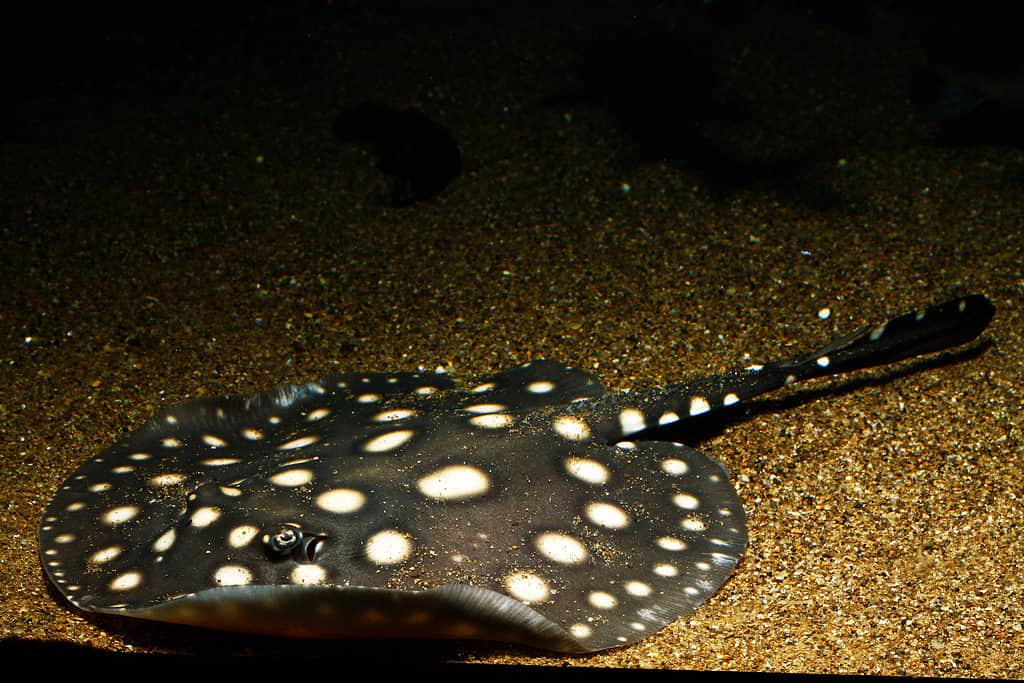
Xingu River ray white-blotched river stingray or the polka-dot stingray Southern stingrays are often found in the Trinidad region.
©Pavaphon Supanantananont/Shutterstock.com
- Southern stingray – Fatal stings from this animal are very rare, and the death by the stingray of naturalist Steve Irwin must be counted as a freak occurrence. But these cartilaginous relatives of the shark do tend to bury themselves in the sand near the coast and will defend themselves if they’re stepped on. Naturalists recommend a person walking shuffle their feet a bit if they walk through the surf to warn the animal that they’re coming.
- Great White Shark – This shark, which can be 20 feet long and weigh 2.5 tons, causes the most shark injuries and deaths around the world.
- Venomous snakes – Venomous snakes are only found in Trinidad and the Boca Islands. Among them are the fer-de-lance, the bushmaster, and two species of coral snake.
- Spectacled Caiman – This crocodilian is a potential threat to humans. It has also been known to take livestock and pets. However, it does try to avoid human contact in the places where it’s been hunted.
Endangered Animals In Trinidad and Tobago
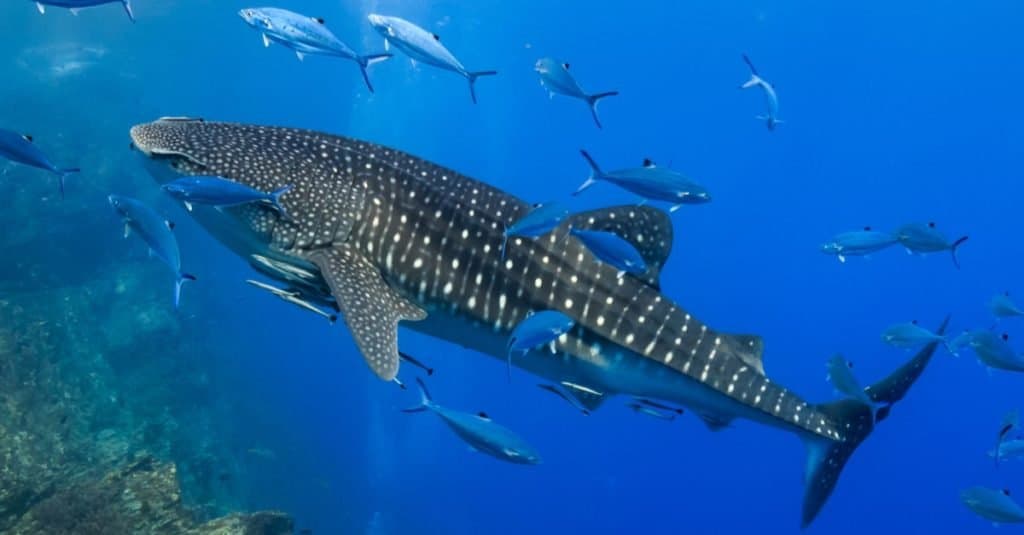
A large Whale Shark swimming in shallow water over a tropical coral reef. Each whale shark has its own unique pattern of spots, much like human fingerprints. They are common in the Trinidad oceans.
©Richard Whitcombe/Shutterstock.com
Like nearly everywhere else on earth, Trinidad and Tobago has its share of endangered fauna, and some animals may even be extinct in their native habitat. They include:
- Leatherback turtle – This huge marine turtle can grow as long as 7.2 feet and weigh 1540 pounds. It is unique among sea turtles in the size of its flippers, which can grow even longer than its body, and the leathery skin that covers its carapace. It hauls out on the beaches of T & T to lay its eggs. Despite being protected, leatherback turtles are listed as vulnerable or endangered due to being caught in webs meant for fish and struck by sea-going vessels. Pollution, including light pollution that disorients hatchlings, also takes a toll on this animal.
- West Indian manatee – This marine mammal is also called the sea cow and was a relative of the now-extinct Stellar’s sea cow. The West Indian manatee is related to the elephant and spends all of its time in the water, with its dense bones helping it stay submerged. It can grow to 11.5 feet long and weigh 1320 pounds, though the heaviest recorded weight was 3649 pounds. Manatees are also unique when it comes to other mammals because of their diaphragm. It’s split in two and each side works independently. The West Indian manatee is considered vulnerable, while its subspecies are endangered.
- Whale shark – Bigger even than the Great White and able to grow as long as 62 feet, the whale shark is harmless to humans. It is not a whale but it is a shark but is unusual among sharks that it is a filter feeder that feeds on the soup of plankton in the ocean. It simply opens its mouth and plunges right into its food, or sucks the food in, closes its mouth, and flushes the excess water out through its gills. The whale shark is endangered.
- Horned screamer – This is a bird that gets its name from its shrieking call. Related to ducks and geese, it is so rare in Trinidad and Tobago that biologists believe it has been extirpated or made extinct in a region where it once lived. However, it is of least concern in countries of South America such as Venezuela, Brazil, and Colombia.
Trinidadian Animals
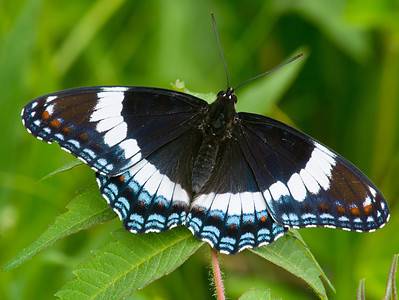
Admiral Butterfly
Stunningly beautiful wings
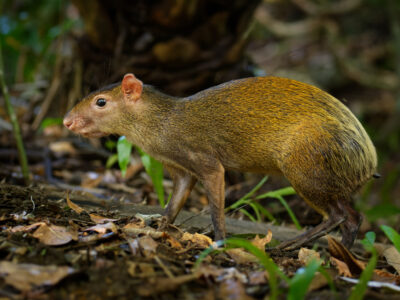
Agouti
The agouti is one of the only animals that can crack open Brazil nut pods!
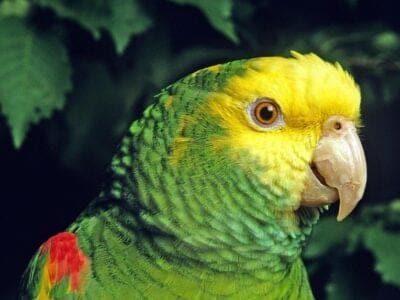
Amazon Parrot
These parrots can be trained to be "talking birds" that mimic human speech
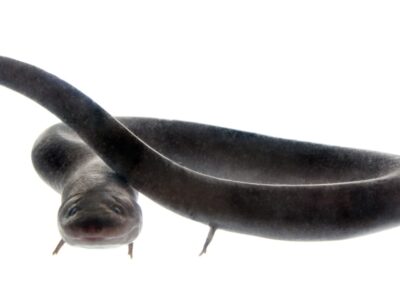
American Eel
Don't eat raw eel! Their blood is poisonous to humans when consumed raw.

Ant
First evolved 100 million years ago!
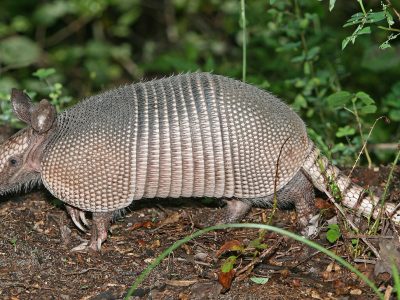
Armadillo
Can curl into a hard, protective ball!

Armyworm
They are so named because they "march" in armies of worms from one crop to another in search of food

Barn Owl
Found everywhere around the world!

Barn Swallow
Older offspring help care for new hatchlings.

Bat
Detects prey using echolocation!
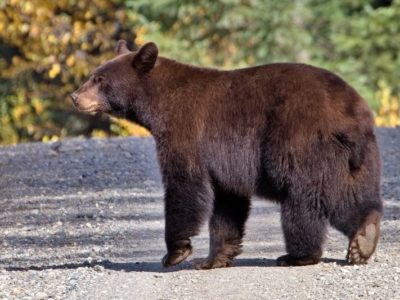
Bear
There are 8 different species!

Bed Bugs
Bed bugs feed for 4-12 minutes.

Bee
Rock paintings of bees date back 15,000 years

Beetle
There are more than 350,000 different species

Bird
Not all birds are able to fly!

Biscuit Beetle
The biscuit beetle form a symbiotic relationship with yeast

Black Widow Spider
They typically prey on insects!
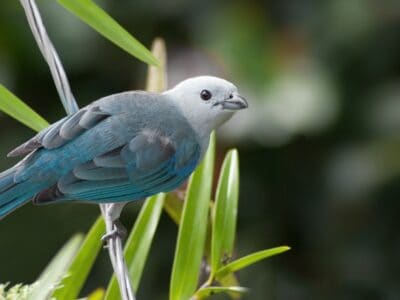
Blue Tanager (Blue-Grey Tanager)
They travel and forage in pairs or groups
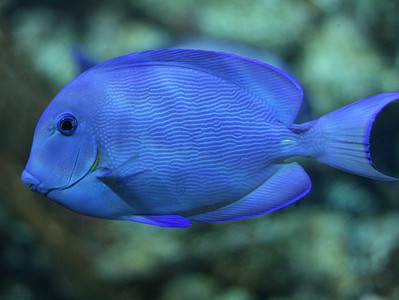
Blue Tang
One of the most colorful members of the genus Acanthurus
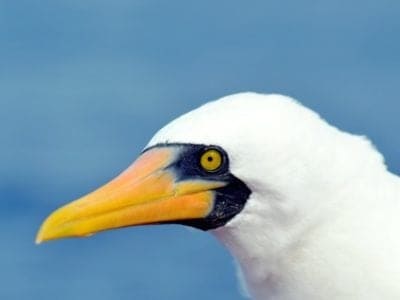
Booby
Seabirds found across the South Pacific!
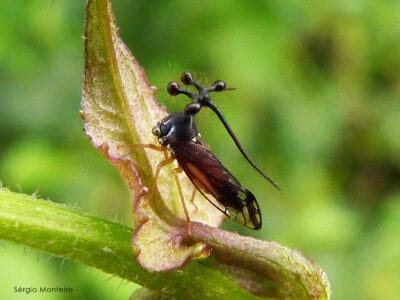
Brazilian Treehopper
“Mild-Mannered Minimonsters”

Brown Dog Tick
Can live its entire life indoors
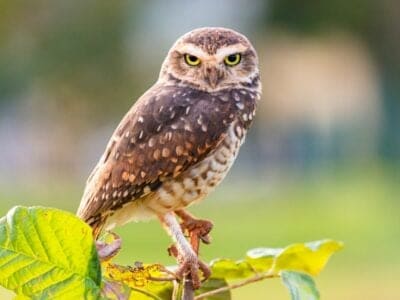
Burrowing Owl
The burrowing owl lives in underground burrows
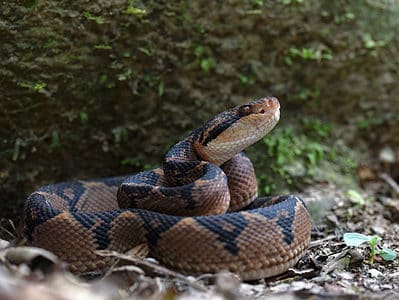
Bushmaster Snake
The bushmaster’s scientific name means “silent death.”

Butterfly
There are thought to be up 17,500 species!
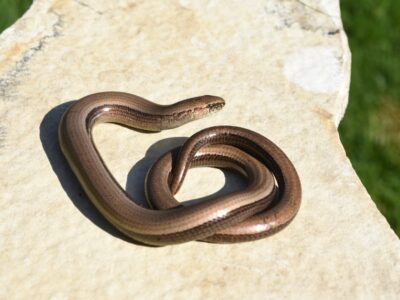
Caecilian
Some species' babies use their hooked or scraper-like teeth to peel off and eat their mother's skin

Camel Cricket
The camel crickets that are found in the USA are light brown in color. They also have dark streaks all over their body.

Cat
May have been domesticated up to 10,000 years ago.

Caterpillar
The larvae of a moth or butterfly!

Catfish
There are nearly 3,000 different species!

Centipede
There are about 3,000 documented species!

Chicken
First domesticated more than 10,000 years ago!

Cockroach
Dated to be around 300 million years old!

Codling Moth
Pupae are able to undergo diapause to survive poor fruit yield years and winter.
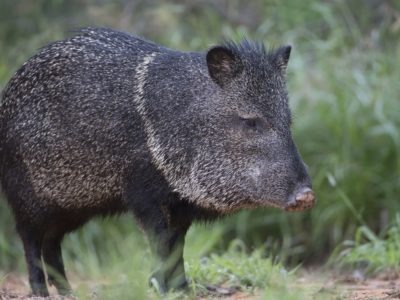
Collared Peccary
Form bands of up to 12 individuals!

Common Furniture Beetle
The common furniture beetle feeds exclusively on wood

Common House Spider
House spiders have the ability to eat most insects in a home.

Cormorant
They can fly 35 mph and dive 150 feet below water.

Cow
There are nearly 1.5 billion worldwide!

Crab
There are 93 different crab groups

Crab Spider
Crab Spiders can mimic ants or bird droppings

Cricket
Male crickets can produce sounds by rubbing their wings together
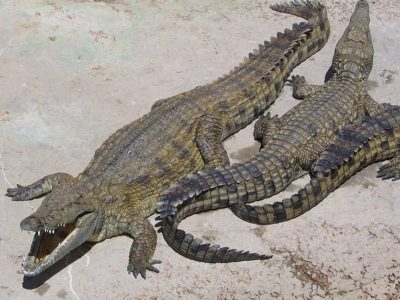
Crocodile
Have changed little in 200 million years!
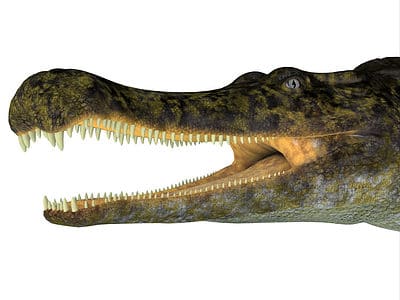
Crocodylomorph
Crocodylomorphs include extinct ancient species as well as 26 living species today.

Dog
First domesticated in South-East Asia!

Dog Tick
Dog ticks feed on dogs and other mammals

Donkey
First domesticated 5,000 years ago!

Dragonfly
It's larvae are carnivorous!
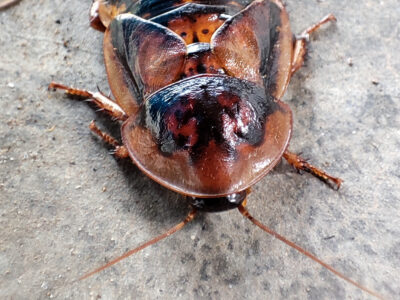
Dubia Cockroach
The most popular species of feeder roach

Duck
Rows of tiny plates line their teeth!

Dung Beetle
The dung beetle can push objects many times its own weight

Earthworm
They are hermaphrodites, which means they have male and female organs

Earwig
There are nearly 2,000 different species!

Eel
Eels can be a mere few inches long to 13 feet!

Firefly
The firefly produces some of the most efficient light in the world
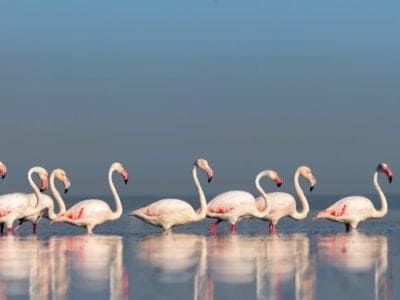
Flamingo
Sleeps on just one leg!

Flea
Adult fleas can jump up to 7 inches in the air

Fly
There are more than 240,000 different species!
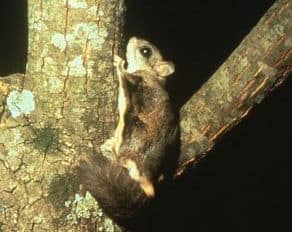
Flying Squirrel
Can glide up to 90 meters!

Frog
There are around 7,000 different species!

Fruit Fly
Fruit flies are among the most common research animals in the world
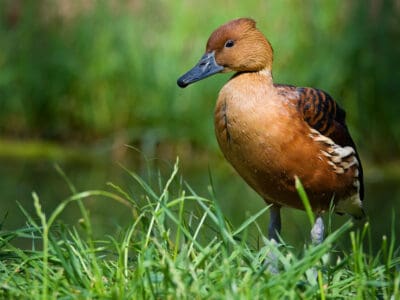
Fulvous Whistling Duck
They build a ramp from their nest, which leads to a nearby water source
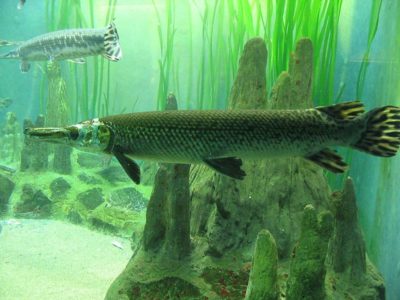
Gar
Can grow to more than 3m long!
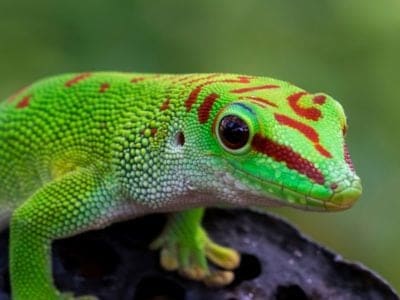
Gecko
There are thought to be over 2,000 species!

Glowworm
Found inhabiting dense woodland and caves!

Gnat
Males form large mating swarms at dusk

Grasshopper
There are 11,000 known species!
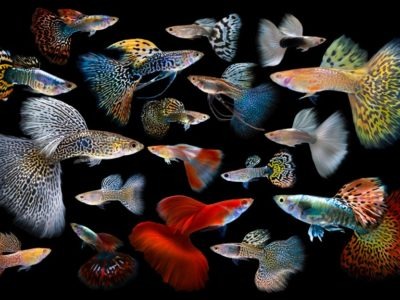
Guppy
Also known as the Millionfish!

Hamster
Able to run as quickly backwards as forwards!
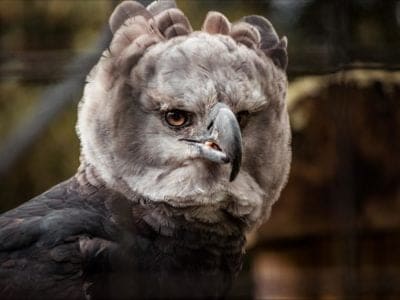
Harpy Eagle
Talon's the size of a grizzly bear's claws!
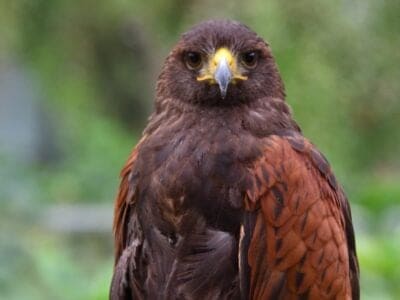
Harris’s Hawk
Their vision is eight times better than a human's

Hawk Moth Caterpillar
Many hawk moth caterpillars eat toxins from plants, but don’t sequester them the way milkweed butterflies do. Most toxins are excreted.
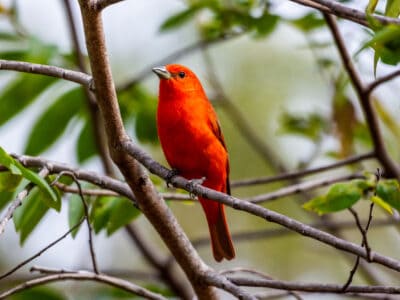
Hepatic Tanager (Red Tanager)
Parents and their young sing sweetly to each other
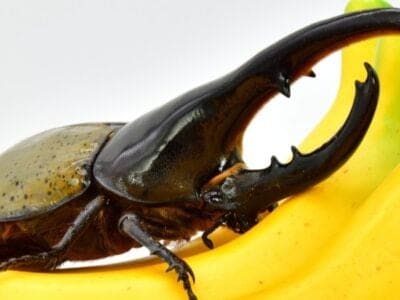
Hercules Beetle
This dynastine scarab beetle makes a weird huffing sound when it’s disturbed.
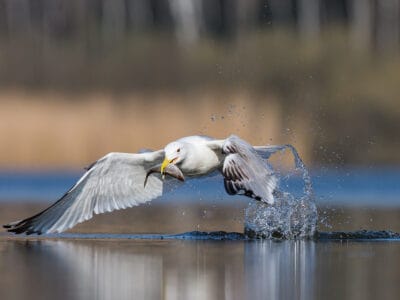
Herring Gull
They are loud, spirited birds with raucous cries that sound like bursts of laughter.

Honey Bee
There are only 8 recognized species!

Horse
Has evolved over 50 million years!

Horsefly
Horseflies have been seen performing Immelmann turns, much like fighter jets.

Housefly
The fly has no teeth
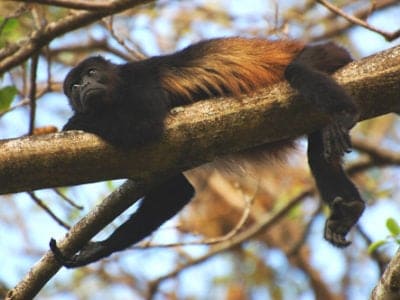
Howler Monkey
Spends 80% of it's time resting!

Human
Thought to have orignated 200,000 years ago!
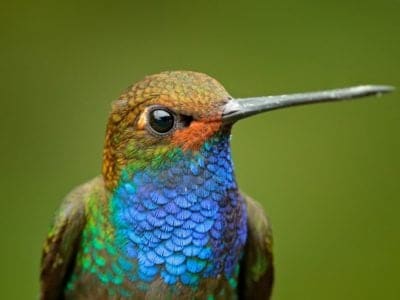
Hummingbird
Beat their wings up to 80 times per second!

Huntsman Spider
Some huntsman spiders have an interesting way of moving around. Some cartwheel while others do handsprings or backflips.
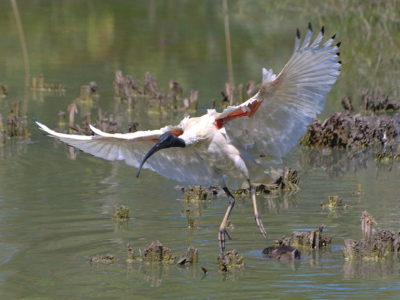
Ibis
Found in swamps, marshes and wetlands!
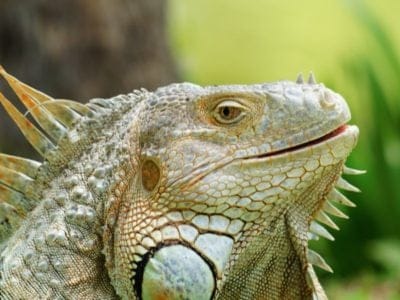
Iguana
Uses visual signals to communicate!

Insects
There are an estimated 30 million species!
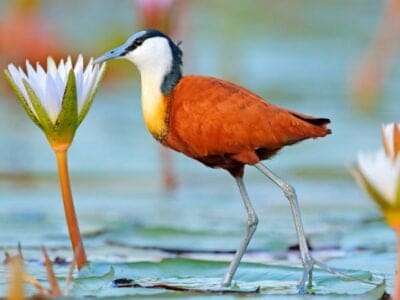
Jacana
The jacana has the ability to swim underwater
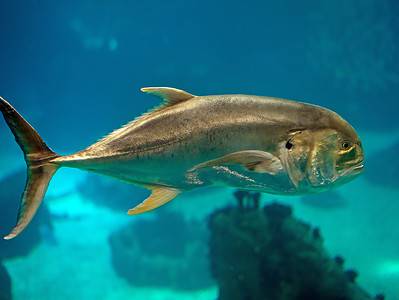
Jack Crevalle
One of the biggest species in the Caranx genus
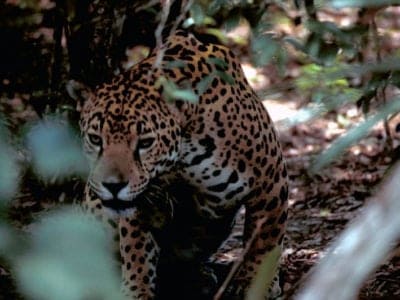
Jaguar
The largest feline on the American continent!

Jumping Spider
Some can jump 50 times the length of their bodies
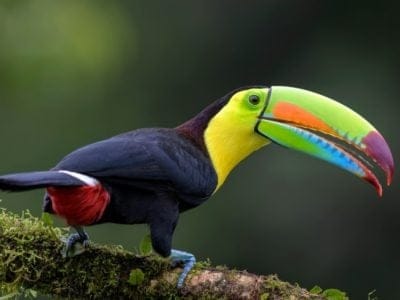
Keel-Billed Toucan
It's beak can reach nearly 20 cm long!

Kingfisher
Inhabits wetlands and woodlands worldwide!

Ladybug
There are more than 5,000 species worldwide!

Leech
Has 10 pairs of eyes!

Lizard
There are around 5,000 different species!
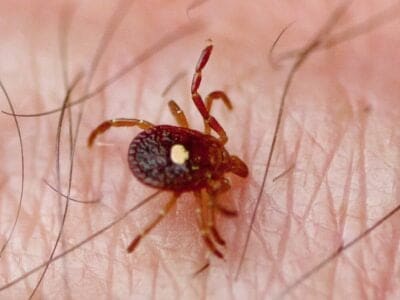
Lone Star Tick
Only females have the ‘lone star’ marking
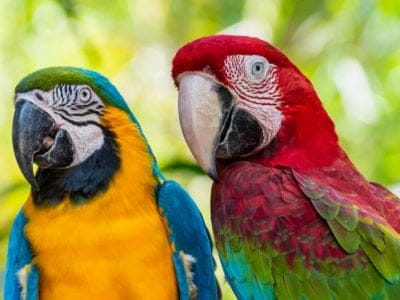
Macaw
The largest species of parrot in the world!
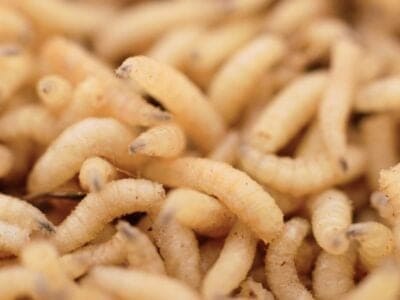
Maggot
Will only live in wet areas
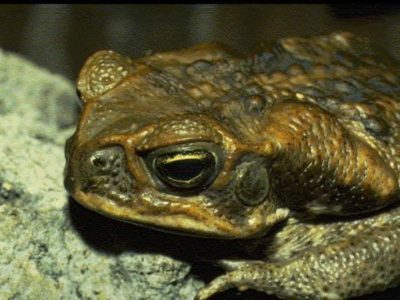
Marine Toad
Produces a toxin used in arrow darts!

Mayfly
There are 2,500 known species worldwide!

Mealybug
They have a symbiotic relationship with ants.

Millipede
Some species have a poisonous bite!
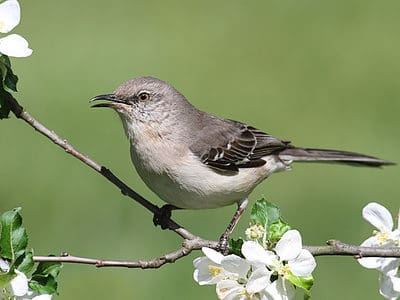
Mockingbird
Mockingbirds are incredible mimics that can learn hundreds of songs!
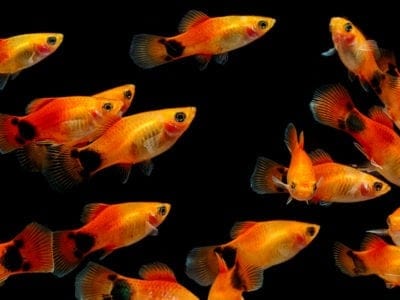
Molly
Known for their calm and peaceful nature!

Mongrel
Has characteristics of two or more breeds!

Monkey
There are around 260 known species!

Moorhen
Feeds on aquatic insects and water-spiders!
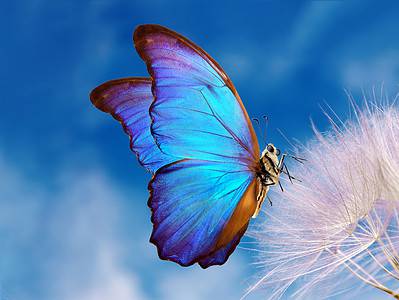
Morpho Butterfly
Collectors prize them for their bright wings

Moth
There are 250,000 different species!
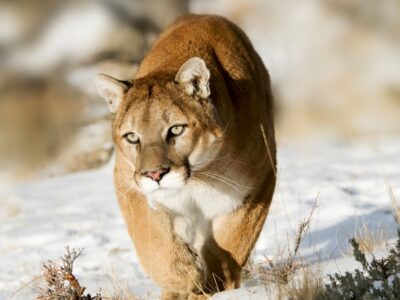
Mountain Lion
Has no real natural predators!

Mouse
Found on every continent on Earth!

Mule
The offspring of a horse and donkey parents!

Nematode
Nematodes range in size from 1/10 of an inch to 28 feet long
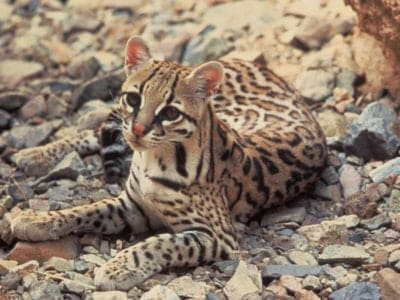
Ocelot
Also known as the Painted Leopard!

Orb Weaver
Females are about four times the size of males

Osprey
They reuse nesting sites for 70 years!

Otter
There are 13 different species worldwide

Owl
The owl can rotate its head some 270 degrees
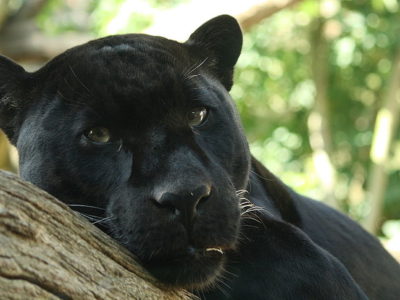
Panther
Prefers to hunt at night than during the day!
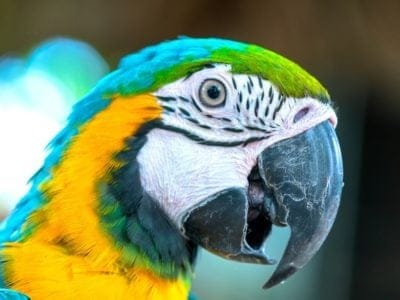
Parrot
Can live for up to 100 years!

Pheasant
Females lay between 8 and 12 eggs per clutch!
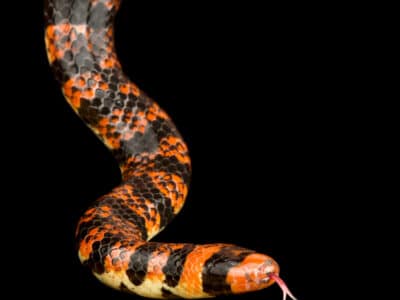
Pipe Snake
Some of these snakes flatten their neck and raise their heads to imitate cobras if they’re threatened.
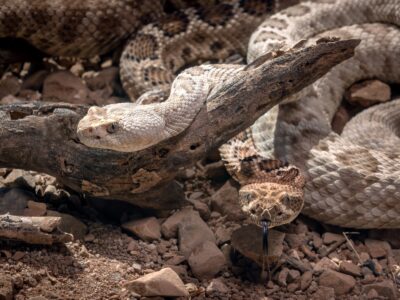
Pit Viper
Pit vipers's fangs fold up into their mouths when they don't need them.
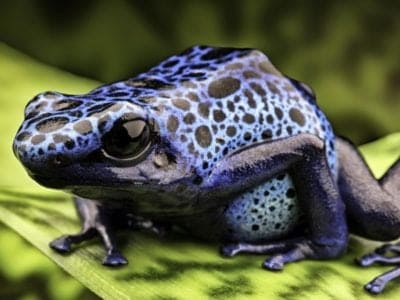
Poison Dart Frog
Inhabits the jungles of Central and South America!
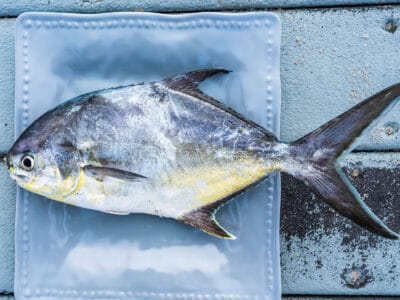
Pompano Fish
They are bottom-feeders
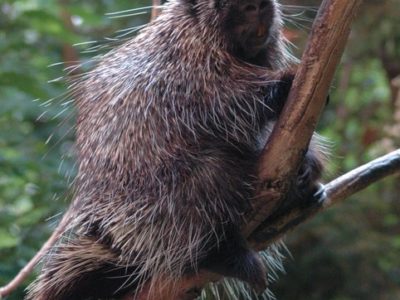
Porcupine
There are 30 different species worldwide!
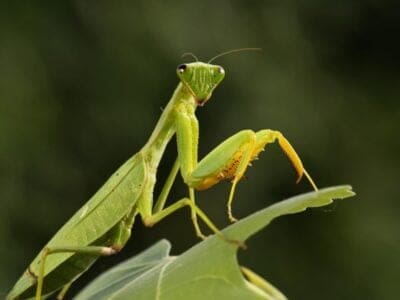
Praying Mantis
The mantis can turn its head 180 degrees.
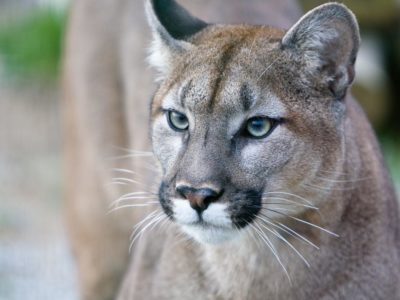
Puma
Has longer back legs than front legs!

Quail
Inhabits woodland and forest areas worldwide!
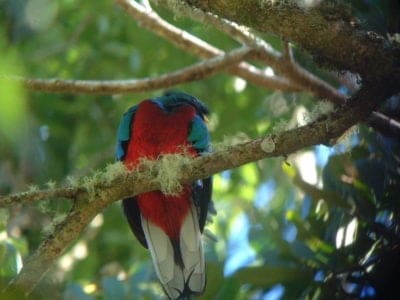
Quetzal
The tail feathers of the male can be 1m long!

Rat
Omnivores that eat anything!
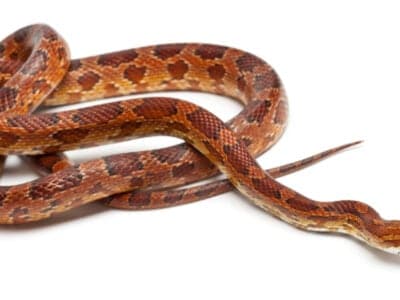
Rat Snakes
Rat snakes are constrictors from the Colubridae family of snakes.
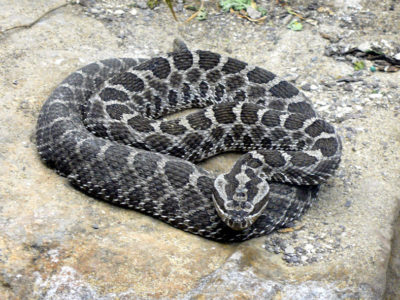
Rattlesnake
Rattlesnakes may have evolved their rattle to warn bison away from them.

Red-Footed Tortoise
Male and female Red-Footed Tortoises move their heads to communicate.

River Turtle
Inhabits freshwater habitats around the world!

Rodents
The capybara, the world’s largest rodent, likes to be in and around bodies of water. Because of this, the Catholic Church in South America decided that it was a fish, and people were allowed to eat it during Lent and First Fridays.

Rooster
Will mate with the entire flock!
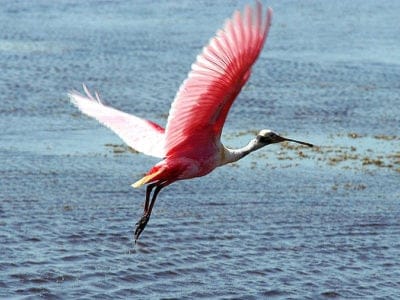
Roseate Spoonbill
The only Spoonbill in the western hemisphere!
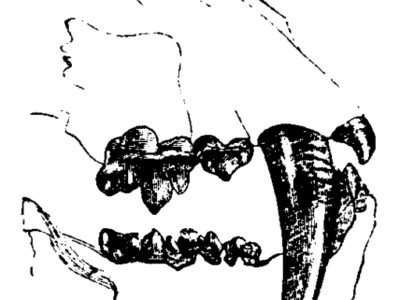
Saber-Toothed Tiger
Canines up to 7 inches long!

Sable Ferret
Ferrets were used during the Revolutionary War to keep down the rat population.
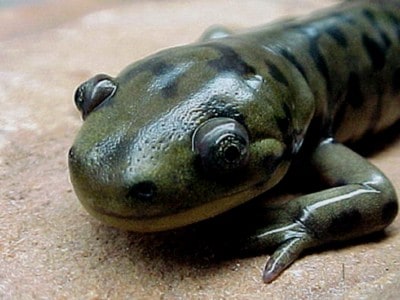
Salamander
There are more than 700 different species!
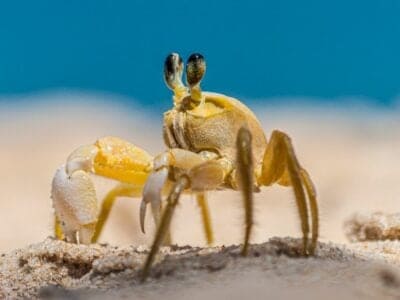
Sand Crab
The sand crab burrows beneath the sand with its tail

Scorpion
There are around 2,000 known species!

Sea Eagle
The sea eagle tends to mate for life with a single partner

Seahorse
Males give birth to up to 1,000 offspring!
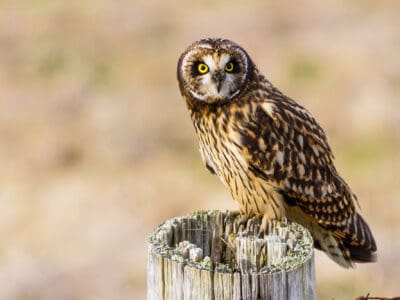
Short-Eared Owl
The short-eared owl is one of the most widespread owl species in the world, covering five continents.

Shrimp
There are 2,000 different species worldwide!
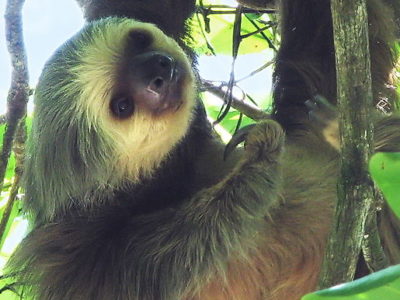
Sloth
It's body temperature is between 30 - 34 degrees!

Slug
They glide around on one foot, which is aided by the slime they produce

Smokybrown Cockroach
Has up to 45 eggs per egg case

Snail
There are nearly 1,000 different species!

Snake
There are around 4,000 known species worldwide

Sparrow
There are 140 different species!

Squirrel
Small rodents found in woodlands worldwide!

Stick Insect
There are more than 3,000 different species!
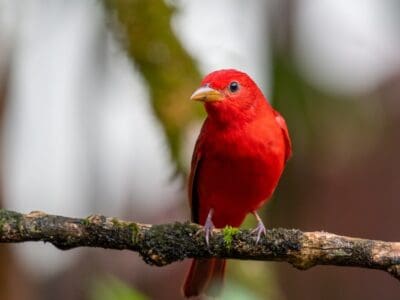
Summer Tanager
They remove bee stingers by rubbing them against a tree

Swan
Populations have been affected by pollution!
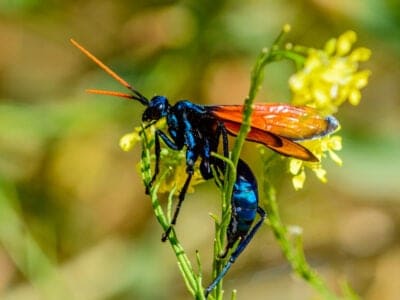
Tarantula Hawk
Tarantula hawks are excellent pollinators, especially for milkweed.

Termite
Their mounds can be up to 9 meters tall!

Tiger Beetle
The adult tiger beetle is one of the fastest land insects in the world

Tortoise
Can live until they are more than 150 years old!
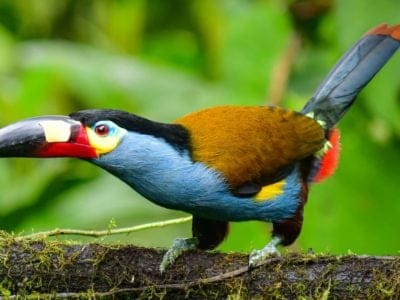
Toucan
There are more than 40 different species!
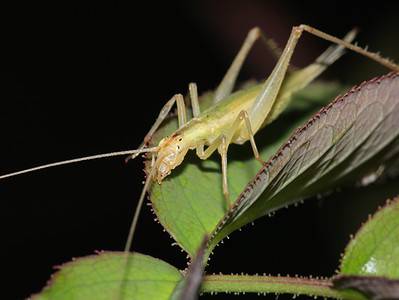
Tree Cricket
They make music with their wings

Tree Frog
Found in warmer jungles and forests!
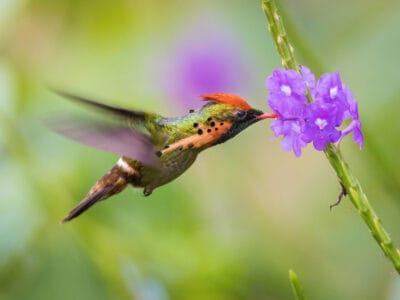
Tufted Coquette
They are tame and easy to approach

Turtles
Some species of aquatic turtles can get up to 70 percent of their oxygen through their butt.
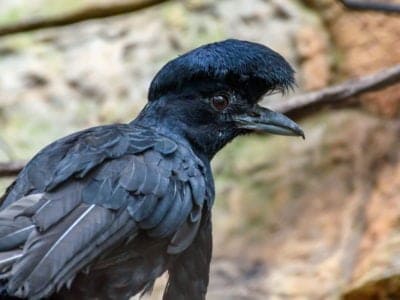
Umbrellabird
Migrates up and down the mountains!
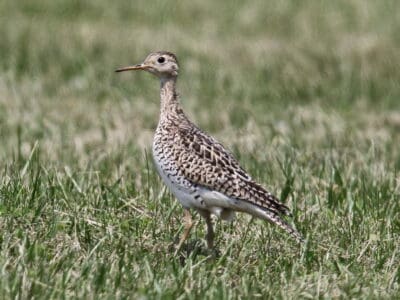
Upland Sandpiper
They make jerky movements as they walk through the grass, searching for food.

Vampire Bat
Have a heat sensor on the end of their nose!
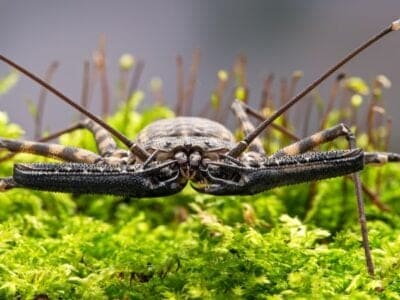
Vinegaroon
Vinegaroons can spray 19 times before the glands are depleted

Vulture
There are 30 different species worldwide!

Wasp
There are around 75,000 recognised species!
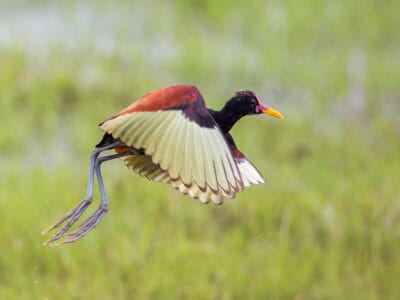
Wattled Jacana
They are typically noisy birds but take on a soft tone with their young.
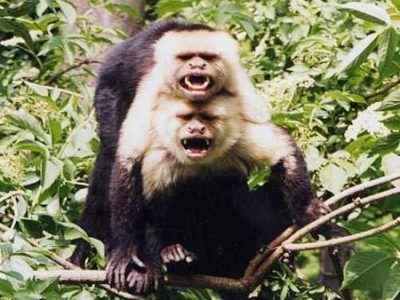
White-Faced Capuchin
One of the world's most intelligent monkeys!

White Ferret / Albino Ferrets
There are two different types of white ferrets!

Wolf Spider
Carnivorous arachnid that hunts its prey.

Woodlouse
This animal can roll up into a ball

Woodpecker
There are 200 different species!

Worm
Doesn’t have eyes.
Trinidadian Animals List
- Admiral Butterfly
- Agouti
- Amazon Parrot
- American Eel
- Ant
- Armadillo
- Armyworm
- Barn Owl
- Barn Swallow
- Bat
- Bear
- Bed Bugs
- Bee
- Beetle
- Bird
- Biscuit Beetle
- Black and White Warbler
- Black Widow Spider
- Blue Tanager (Blue-Grey Tanager)
- Blue Tang
- Booby
- Brazilian Treehopper
- Brown Dog Tick
- Burrowing Owl
- Bushmaster Snake
- Butterfly
- Caecilian
- Camel Cricket
- Cat
- Caterpillar
- Catfish
- Centipede
- Chicken
- Chicken Snake
- Cockroach
- Codling Moth
- Collared Peccary
- Common Furniture Beetle
- Common House Spider
- Cormorant
- Cow
- Crab
- Crab Spider
- Cricket
- Crocodile
- Crocodylomorph
- Cuckoo
- Dog
- Dog Tick
- Donkey
- Dragonfly
- Dubia Cockroach
- Duck
- Dung Beetle
- Earthworm
- Earwig
- Eel
- Firefly
- Flamingo
- Flea
- Fly
- Flying Squirrel
- Frog
- Fruit Fly
- Fulvous Whistling Duck
- Gar
- Gecko
- Glowworm
- Gnat
- Grasshopper
- Guppy
- Hamster
- Harpy Eagle
- Harris’s Hawk
- Hawk Moth Caterpillar
- Hepatic Tanager (Red Tanager)
- Hercules Beetle
- Herring Gull
- Honey Bee
- Horse
- Horsefly
- Housefly
- Howler Monkey
- Human
- Hummingbird
- Huntsman Spider
- Ibis
- Iguana
- Insects
- Jacana
- Jack Crevalle
- Jaguar
- Jumping Spider
- Keel-Billed Toucan
- Kingfisher
- Ladybug
- Leech
- Lizard
- Lone Star Tick
- Macaw
- Maggot
- Marine Toad
- Mayfly
- Mealybug
- Millipede
- Mockingbird
- Molly
- Mongrel
- Monkey
- Moorhen
- Morpho Butterfly
- Moth
- Mountain Lion
- Mouse
- Mule
- Nematode
- Ocelot
- Orb Weaver
- Osprey
- Otter
- Owl
- Ox
- Panther
- Parrot
- Pheasant
- Pipe Snake
- Pit Viper
- Poison Dart Frog
- Pompano Fish
- Porcupine
- Praying Mantis
- Puma
- Quail
- Quetzal
- Rat
- Rat Snakes
- Rattlesnake
- Red-Footed Tortoise
- River Turtle
- Rodents
- Rooster
- Roseate Spoonbill
- Saber-Toothed Tiger
- Sable Ferret
- Salamander
- Sand Crab
- Scorpion
- Sea Eagle
- Seahorse
- Short-Eared Owl
- Shrimp
- Sloth
- Slug
- Smokybrown Cockroach
- Snail
- Snake
- Sparrow
- Squirrel
- Stick Insect
- Summer Tanager
- Swallowtail Butterfly
- Swan
- Tarantula Hawk
- Termite
- Tiger Beetle
- Tortoise
- Toucan
- Tree Cricket
- Tree Frog
- Tufted Coquette
- Turkey
- Turtles
- Umbrellabird
- Upland Sandpiper
- Vampire Bat
- Vinegaroon
- Vulture
- Wasp
- Wattled Jacana
- White-Faced Capuchin
- White Ferret / Albino Ferrets
- Wolf Spider
- Woodlouse
- Woodpecker
- Worm
Animals in Trinidad and Tobago FAQs (Frequently Asked Questions)
What kind of animals live in Trinidad and Tobago?
T & T is extraordinarily rich in all kinds of wildlife, including mammals, birds, fish, reptiles, amphibians, and insects.
What is the most dangerous animal in Trinidad?
The most dangerous animal in Trinidad is probably the fer-de-lance snake. This is a dangerous pit viper with a wide, flat head and beautiful brown, gray or yellow coloration on its body. It is bad-tempered and unpredictable, and a snake that looks like it’s moving away may double back and attack. This is one reason why it’s the cause of most snakebites in places where it lives with other venomous snakes.
Are there wild monkeys in Trinidad?
Wild monkeys in Trinidad are the tufted capuchin, the weeper capuchin, and the Guyanese red howler monkeys.
Are there alligators in Trinidad?
There are no alligators in Trinidad and Tobago, but there is a caiman. It is closely related to alligators, and both animals belong to the family Alligatoridae.
Are there jaguars in Trinidad and Tobago?
Trinidad and Tobago lack jaguars, but it does have its smaller cousin the ocelot. This is a medium-sized wild cat with beautiful striped and spotted fur that reminds people of a jaguar’s. If a person wants to see a jaguar, they’ll need to go to the central plains of Venezuela.




